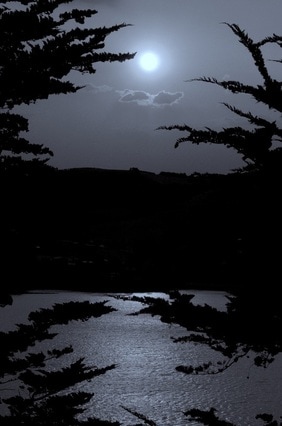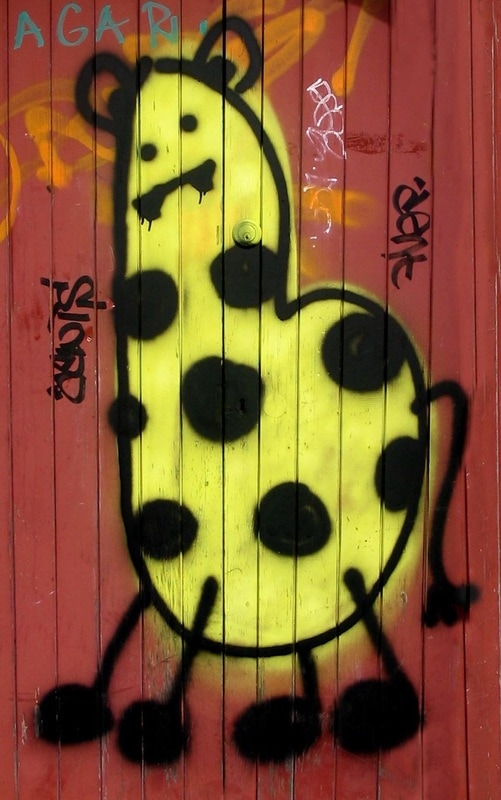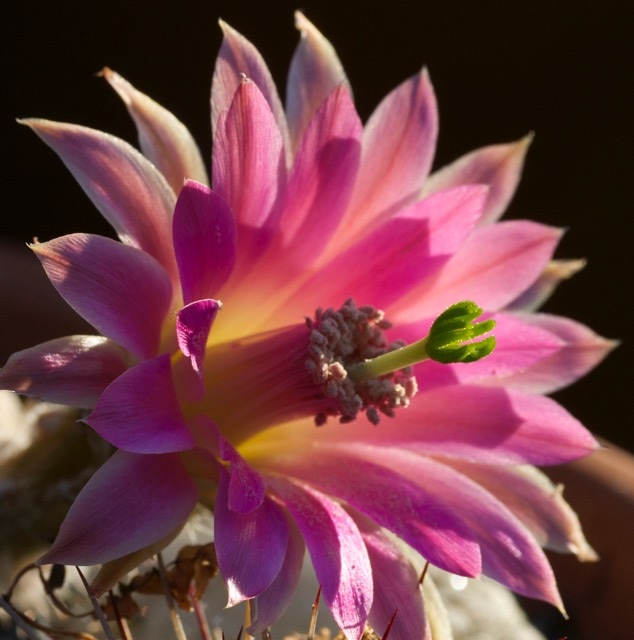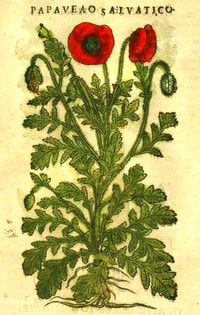Agnes deserves far more attention. Her hair is full of secrets.
| Firstly and importantly, she is massively indestructible. A bit of confessional background: despite their iron-clad reputation and for no obvious reason, I’ve managed to kill fully half of the Rugosa-derived varieties that I’ve planted and Agnes has been treated worst of all. I have yanked it out of a range of shitty positions, from the almost complete shade and hungry competition of an encroaching Arrow Bamboo grove to the utterly indifferent, summer-baked clay of the slope it inhabits currently. The only real change in Agnes’ performance has been more flowers in the brighter situation. She seems to put on a good face even in those annoyingly seedy half shade/crap soil marginal areas. | The foliage is pleasant bright emerald green and an attractive, atypical ferny cutwork look that is never bothered by pathogens. I repeat: never bothered by pathogens. I don’t spray for anything, ever, and while my other roses are being rusted and defoliated, Agnes never turns a hair and she should be grown in droves for that quality alone. |
| The parent plant Foetida persiana is a notorious black spot magnet, so the clean Rugosa genes must prevail in this respect. She puts forth modest, slender, tufted buds that open to a flower featuring gradations of buttermilk yellow with a slight mellony scent, the form puffy, informal and sort of scrunchy, like a looser Centifolia with tissue-thin petals. There's a first late spring flush that goes on for about a month or so, then the odd single flower and a late summer rebloom, depending on the year although this second episode has become more reliable as the plant has matured. As a result of her wild heritage, the effect of Agnes’ foliage+blooms is uncommonly complimentary and wholly naturalistic, as though the two truely belong both together and within the wider fabric of an informal garden. The colour and form just don't scream rose bush, yo, which is a bit of a shocker really after so long staring at the depressing clownishness of so many modern hybrids. |

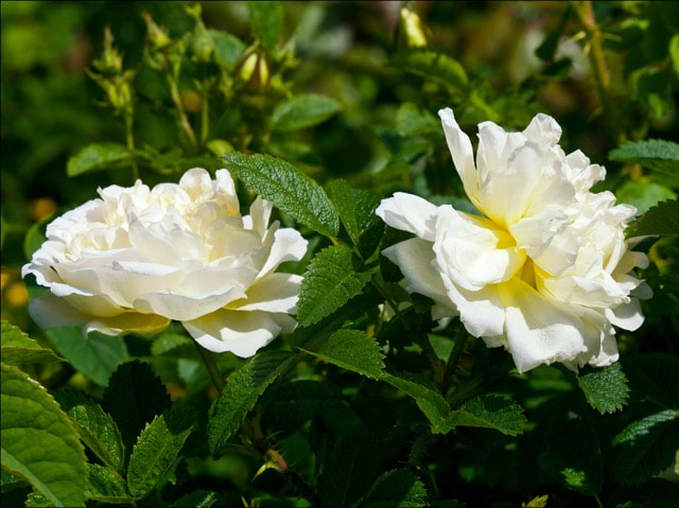



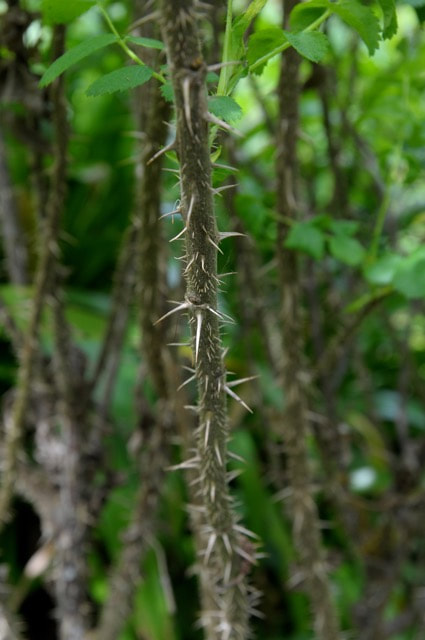
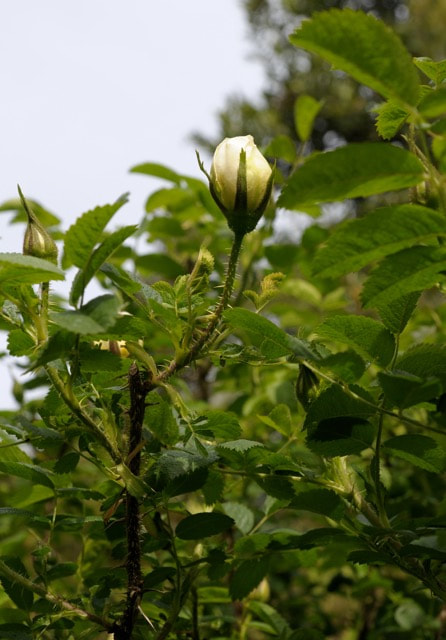


 RSS Feed
RSS Feed







